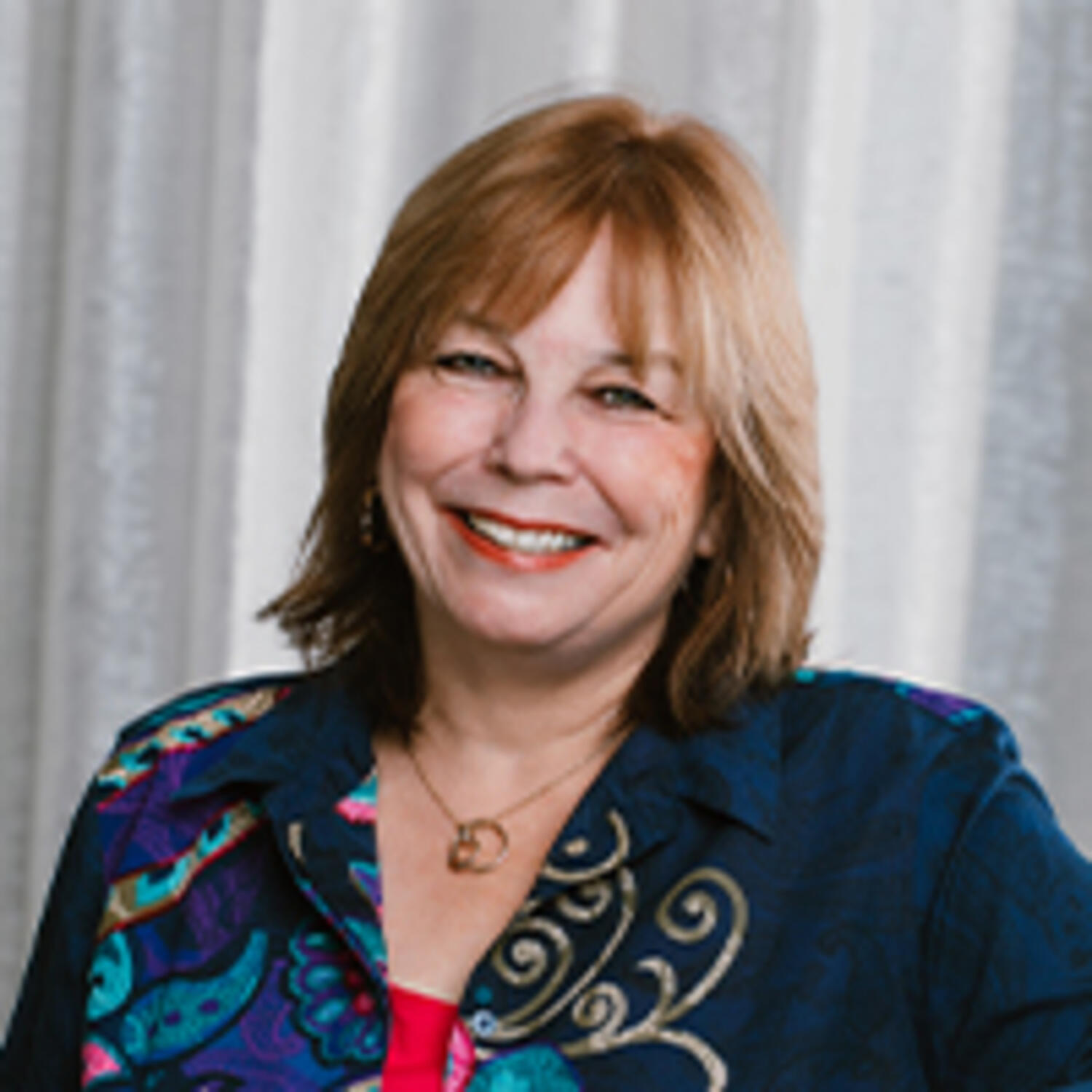
As our team compiled the list of 2017 Best Workplaces for Women, we noticed something interesting: When women reported a consistently great experience, other groups were more likely to do so, as well.
In our recent study, we analyzed not only the share of women at each company, but how they felt about work compared to their male colleagues. It’s common to see an “experience gap” between men and women in employee survey results, even at organizations that earn high marks overall – this discrepancy all but disappeared at the Best Workplaces for Women. At the same time, we found a strong association between a smaller gap for women and smaller gaps for other subsets of employees whose feelings about work typically lag their peers’.
“You can tell a lot about a company by how women feel about working there,” said Great Place To Work President Chinwe Onyeagoro. “When female employees say the environment is fair and fulfilling, that’s a strong indicator that the business maintains an even playing field for other employees, too.”
While studying the Best Workplaces, we took a closer look at all of the organizations we’ve surveyed in the past 12 months and ranked them by the size of their experience gaps for women. Compared to companies with larger gender gaps, the leading 100 organizations showed smaller disparities in survey results for employees of color, LGBT team members and Millennials. Beyond demographics, a more consistent experience for women also correlated to a more equal experience between part-time and full-time employees, managers and non-managers, and even employees who earned different salaries.
“The experience gaps for most of these groups dropped by 50 percent or more, when comparing the top 100 companies to the bottom 100. An equal experience for women employees is important on its own. But this breakdown shows that companies where women report equitable treatment also enjoy a powerful force for teamwork. Their people share the same sense of motivation and reward, regardless of who they are or where their jobs lie within the organization,” said Onyeagoro.
It's also worth noting that a smaller experience gap for women doesn’t come at the expense of their colleagues. At the Best Workplaces for Women, responses to the most prominent survey statements varied little between women and men, with strong majorities of both agreeing that they enjoy friendly, welcoming organizations that contribute to their communities and inspire pride.
In fact, the Best Workplaces for Women help close experience gaps by emphasizing opportunity and equal rewards for all their employees:
- At Pinnacle Financial Partners, every team member receives an equity stake in the firm, with additional cash incentives given to non-commissioned employees when the organization hits its annual financial targets /li>
- Methodist Le Bonheur Healthcare offers a unique incentive to pursue educational advancement. Instead of reimbursing eligible tuition expenses, it pays for them in advance to reduce their impact on employees’ cash flow.
- Goodway Group promotes dialogue with leadership by introducing every new employee to the company's president via an hour-long video conference and lunch. From there, any team member can leave anonymous feedback for the agency’s leaders to consult when drafting company policies, making technology choices and responding to personnel issues.
We know from our research into the Best Workplaces for Women that female colleagues place a high value on this type of input into decision making. They also look for organizations that ensure employees feel like full members of the team who make an impact on its goals – traits that appeal to talented job candidates of any gender or background.
Download a one-page summary of our findings here.





